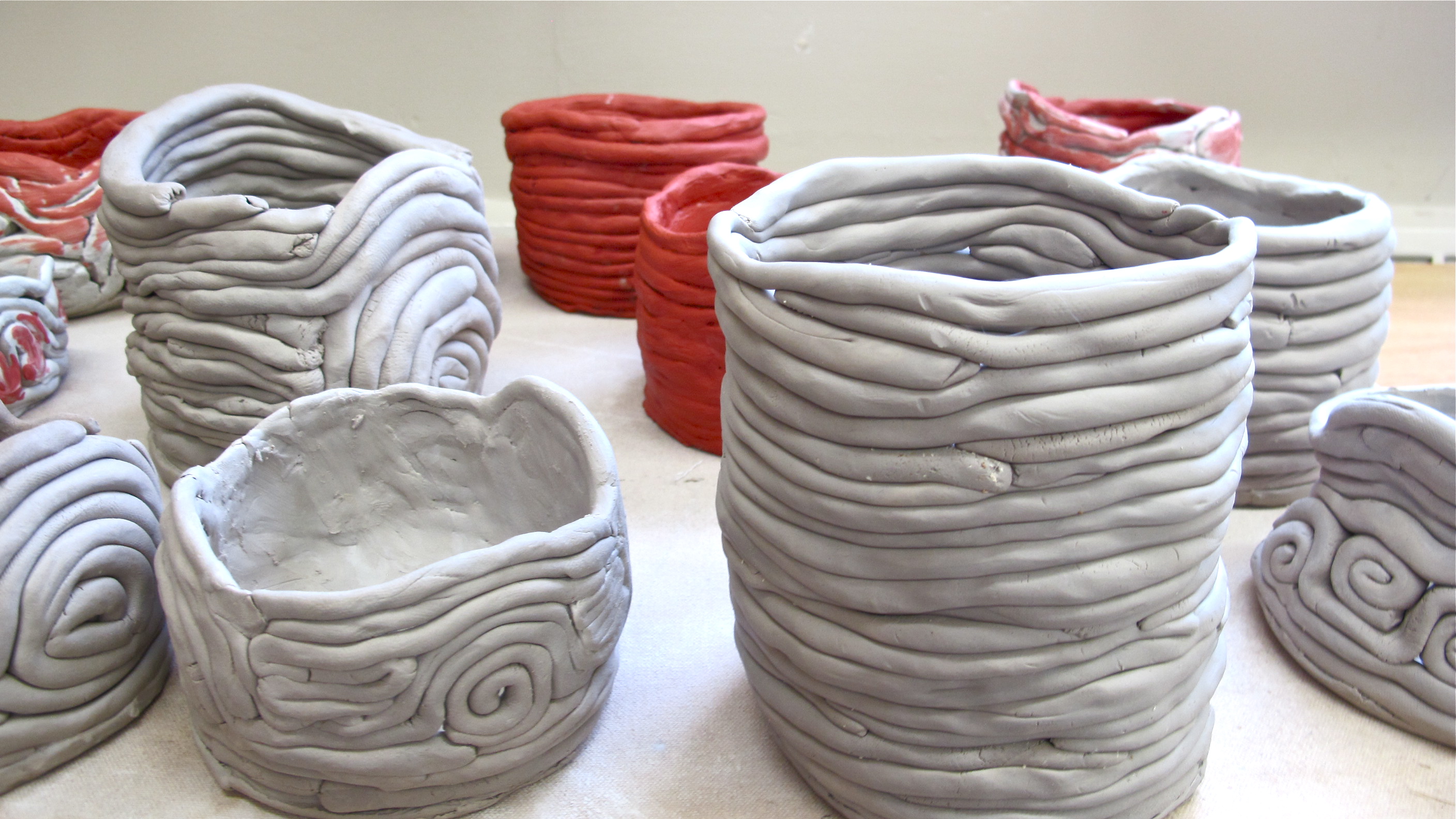

Make sure you have excellent ventilation so that your lungs are protected from small clay particles. Consider covering your table in canvas fabric or working on small drywall sheets. Your pottery workspace should include a sturdy table with a surface that clay will not stick to. Before starting your pottery project, you will want to wedge your clay on a surface to work out any air bubbles. The downside of porcelain is that it is expensive and can be hard to handle for beginners. Porcelain clay is incredibly strong and is considered the best clay available for making pottery because of its high resistance to heat and high amount of silica. Stoneware is another clay option that is easy to handle and work with. Impurities in the clay typically give it an earth tone color, and it is usually glazed.Įarthenware clay is versatile and typically the easiest to throw on the pottery wheel, so this may be the best option if you are just beginning. Stoneware is fired at higher temperatures than other ceramics. Stoneware is a vitreous or semi-vitreous ceramic, meaning it is coated in enamel to make it appear glassy and to make it nonporous. Common examples of porcelain ceramics are bathroom and kitchen tiles, vessels, and decorative sculptures. The vitrification process and silicate mineral mullite make porcelain a strong heat-resistant material compared to other clays. Porcelain ceramics are generally made with kaolin clay and fired in a kiln to temperatures between 2,200 and 2,600 degrees Fahrenheit.

Today, we commonly see planters made from terracotta, along with bricks, water pipes, and more. Terracotta, a clay-based and unglazed ceramic, is a common type of earthenware. Earthenware pottery was the most common type of ceramics until the 18th century. This makes the pottery more porous and coarser to the touch. EarthenwareĮarthenware is pottery that has not been fired to vitrification, which is the process of crystalline silicate compounds bonding into noncrystalline glass compounds.

Each results in different types of ceramic pottery. They each use different types of clay and combinations of clay with variations of silica and minerals. Examples of different types of potteryĬommon types of pottery are earthenware, stoneware, and porcelain. They may also use hand-building techniques such as slab rolling, coiling, and pinching. Potters use wheel throwing to create symmetrical pottery and slip casting to create multiples of one object. There are a number of pottery techniques used to create functional and ornamental ceramic objects. Once shaped, the clay body is fired in a kiln at a high temperature to be hardened and heat resistant.

Pottery is made by combining naturally occurring raw materials, such as clay, earthen minerals, and water and shaping them into forms. Making pottery is a fun way to make ornamental ceramics or practical objects for your home functional tableware, vessels, sculpture, installations, and mixed media-the possibilities in pottery are endless! In this guide, you will learn the best ways to get started making pottery and what tools and equipment you will need to begin.


 0 kommentar(er)
0 kommentar(er)
